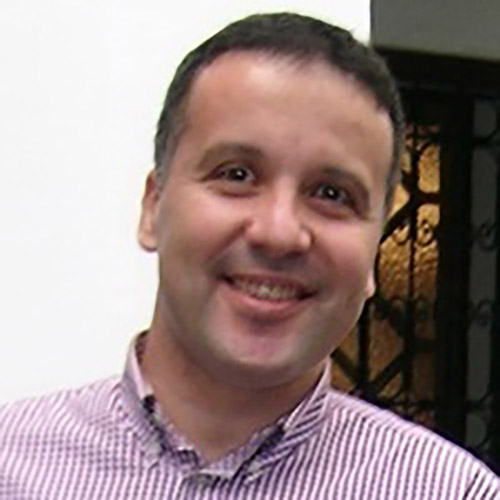Asst. Prof. Paschalis ANDROUDIS, Aristotle University of Thessaloniki
The Church of Hagios Amphilochios in Konya and its
transformation to
Eflatun Mescidi
Asst. Prof. Paschalis
ANDROUDIS, Aristotle University of Thessaloniki
In the top of Alaeddin Hill in Konya, next to the homonymous mosque, once stood the so-called “Eflatun Mescidi” (= Plato’s Mescid). This building, initially the church of Hagios Amphilochios, the patron of the byzantine city of Iconium, does not survive any more, but is known by W. Ramsay and G. Bell, as well as from old photographs. In its late form the church was an inscribed cross domed structure, with one semicircular apse, which had suffered many alterations after the Seljuk conquest of Iconium. In the capital of the Seljuk sultanate of Rum the church was used as the palace church for the Greek and other Christian women of the sultans and for all Christians who lived and worked there. The questions that arise from this use are whether this practice was an act of tolerance of just a necessity for the sultan and his Christian subjects. For this use we suppose that the church became smaller in dimensions and a second “byzantine” phase could be observed in the photographs of the south wall of the church. The final transformation of the church took place possibly after the conquest of Karamanid Konya (1475) by the Ottoman sultan Mehmed II (1451-1481). The building was transformed into a small mosque without minbar and minaret and became “Eflatun Mescidi”. For this purpose many windows and doors of the former church were blocked and a small niche of mihrab was created in the south wall. It is certain that locals identified St. Amphilochios to Plato, who never lived in Iconium. In our paper we also present a scheme with all the possible building phases and alterations of this historical, but now lost Middle-Byzantine monument.
